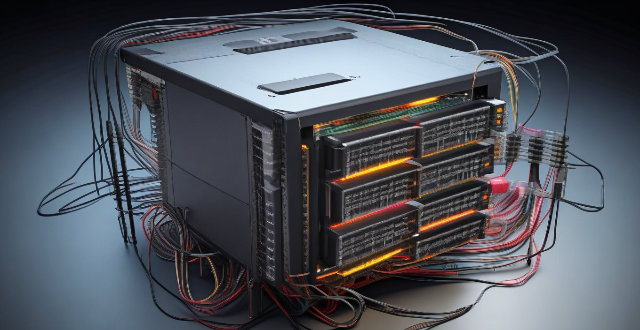High network latency is a delay in data transmission that can negatively affect the performance of applications and services. It is influenced by various factors such as distance, congestion, hardware performance, bandwidth limitations, QoS settings, and interference. The definition of high latency varies depending on the context, but it is generally considered to be any delay that significantly impacts the usability of applications or services. Identifying high network latency can be done using tools like ping tests or traceroute commands. Mitigating high network latency can involve upgrading hardware, increasing bandwidth, optimizing QoS settings, reducing physical distance, and minimizing interference.

What is Considered High Network Latency?
Network latency, often measured in milliseconds (ms), refers to the delay that occurs when data travels from one point to another over a network. High network latency can negatively impact the performance of applications and services that rely on timely data transmission, such as online gaming, video conferencing, and financial trading.
Key Factors Contributing to High Network Latency:
- Distance: The greater the geographical distance between two points, the higher the latency.
- Congestion: Overcrowded networks can lead to packet loss and increased latency.
- Hardware Performance: Outdated or poorly performing routers, switches, and other networking equipment can introduce delays.
- Bandwidth Limitations: Insufficient bandwidth can cause data to be transmitted at slower rates, increasing latency.
- Quality of Service (QoS): Without proper QoS settings, certain types of traffic may not be prioritized, leading to higher latency for some applications.
- Interference: Wireless networks are particularly susceptible to interference from other electronic devices or physical obstacles.
How Is High Network Latency Defined?
The threshold for what is considered "high" latency varies depending on the context:
- Online Gaming: Latencies below 50 ms are generally preferred for a smooth gaming experience. Anything above 150 ms is typically considered high and can result in noticeable delays.
- Video Conferencing: For interactive video conferencing, latencies under 200 ms are ideal. Above 400 ms can start to cause significant disruptions in communication.
- Web Browsing: Most users expect web pages to load within a few seconds. Latencies over 300-400 ms can make page loads feel slow.
- Financial Trading: In this sector, even microseconds matter. Latencies under 10 ms are common, and anything above this can be considered high.
Identifying High Network Latency:
To identify if you're experiencing high network latency, you can use tools like ping tests or traceroute commands. These tools measure the round-trip time it takes for a packet of data to travel from your computer to a specified destination and back again.
Example Ping Test Results:
- Low Latency:
ping www.google.commight return an average latency of 20 ms. - High Latency: The same command might return an average latency of 500 ms or more.
Mitigating High Network Latency:
If you're dealing with high network latency, there are several steps you can take to improve performance:
- Upgrade Hardware: Invest in newer, more efficient networking equipment.
- Increase Bandwidth: If possible, upgrade your internet service plan to get more bandwidth.
- Optimize QoS Settings: Prioritize critical traffic to ensure it has sufficient resources.
- Reduce Physical Distance: Use content delivery networks (CDNs) or hosting services closer to your users.
- Minimize Interference: In wireless environments, reduce interference by moving devices away from sources of electromagnetic noise or physical barriers.
In conclusion, high network latency is context-dependent but generally refers to any delay that significantly impacts the usability of applications or services. By understanding the factors contributing to latency and using appropriate diagnostic and mitigation strategies, you can work towards reducing latency and improving overall network performance.